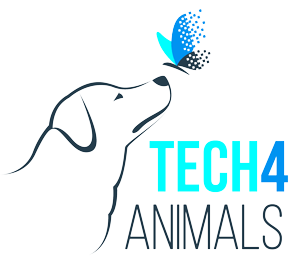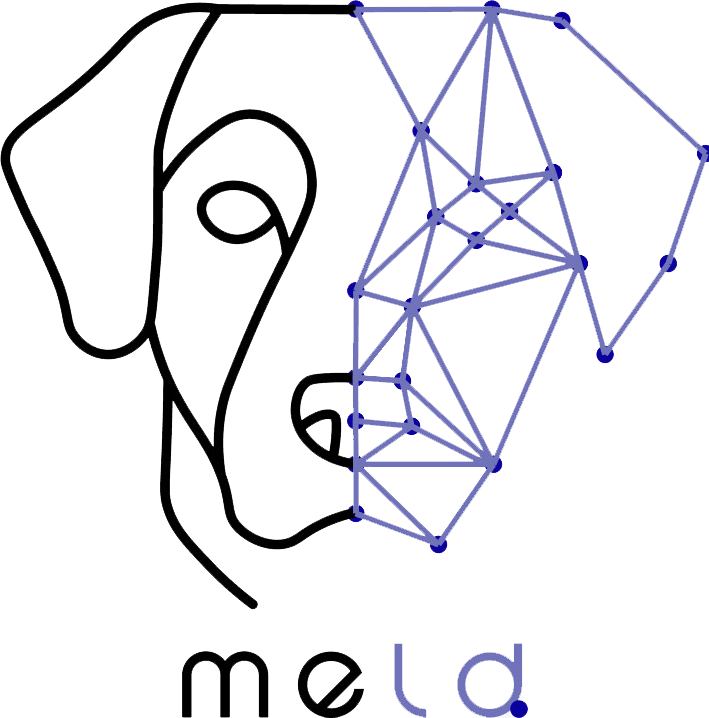This paper proposes a novel, non-invasive method using computer vision and AI for the rapid differentiation between larvae of the Mediterranean fruit fly (Ceratitis capitata) and the peach fruit fly (Bactrocera zonata), two economically significant agricultural pests. Due to their visual similarity, traditional DNA-based detection is costly and time-consuming, while manual morphological identification is practically impossible. The proposed solution employs a two-module AI pipeline: a point representation extraction module that uses YOLOv8 to track larval contours and extract either a center of mass or 2-ellipse foci, followed by a time series analysis module utilizing a Clockwork Recurrent Neural Network to classify larval movement patterns. Using 15-second video recordings of single larvae moving on Petri dishes, the method achieved good separation between the two species, with 90% accuracy. Specifically, the Dual Ellipses approach achieved an accuracy of 90.4%, with a sensitivity of 93.4% and an F1 Score of 90.7%. This system aims to provide a rapid, cost-effective, and scalable solution to complement existing detection methods, enhancing agricultural biosecurity.
Non-Invasive Computer Vision-Based Fruit Fly Larvae Differentiation: Ceratitis capitata and Bactrocera zonata
This paper proposes a novel, non-invasive method using computer vision

